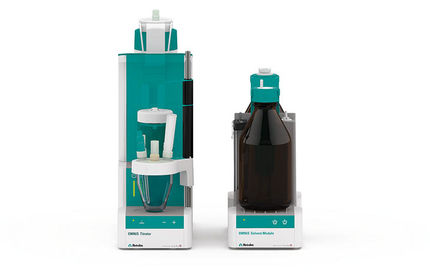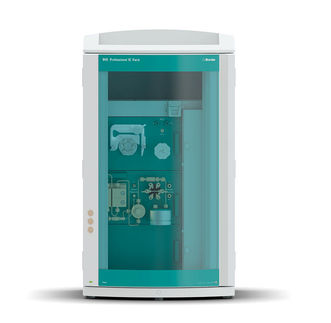To use all functions of this page, please activate cookies in your browser.
my.chemeurope.com
With an accout for my.chemeurope.com you can always see everything at a glance – and you can configure your own website and individual newsletter.
- My watch list
- My saved searches
- My saved topics
- My newsletter
Acerinox accidentThe Acerinox accident was an incident of radioactive contamination in Southern Spain. In May 1998, a caesium-137 source managed to pass through the monitoring equipment in a Acerinox scrap metal reprocessing plant in Los Barrios, Spain. When melted, the caesium 137 caused the release of a radioactive cloud. The Acerinox chimney detectors failed to detect it, but it was eventually detected in France, Italy, Switzerland, Germany, and Austria. The radioactive levels measured were up to 1000 times higher than the normal. Product highlightThe accident contaminated the scrap metal reprocessing plant, plus two other steel mills where it sent its wastes for decontamination. According to independent laboratories[1], the ashes produced by the Acerinox factory had between 640 and 1420 becquerels per gram (the Euratom norm is 10 Bq/g), high enough to be a threat to the public. On the radiological consequences of this event, six people were exposed to slight levels of caesium-137 contamination. The estimated total costs for clean-up, waste storage, and lost production in the factory were around 26 million US dollars (most of it due to the lost production).[2] See also
References
Categories: Radioactive waste | Caesium |
| This article is licensed under the GNU Free Documentation License. It uses material from the Wikipedia article "Acerinox_accident". A list of authors is available in Wikipedia. |







